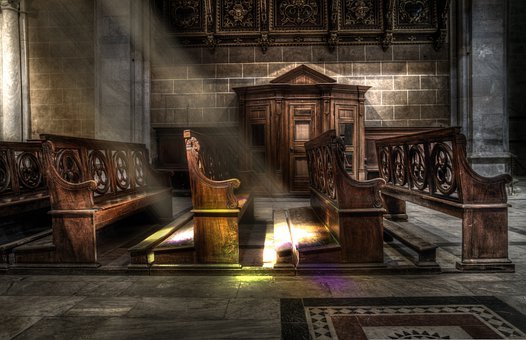In these tormented and uncertain times, standing up is not an easy task, both physically and morally. But this adventure is not new. Experienced by our great ancestors for millions of years, it occupies us throughout our lives, as evidenced by the mythical riddle posed to Oedipus by the Sphinge: “Which animal walks on all fours in the morning, two at noon, three in the evening…? » The very symbol of our evolution, the standing posture evokes time, learning, balance, stability but also impermanence.
Stand up, listen
After this little detour to Greece, I turn to India where traditional man, as often in ancient civilizations, takes the cardinal points as landmarks by adding the nadir and the zenith, that is to say the earth and the sky. The body straightened in the axis, its way of moving and placing itself is symbolic of a ritual and a direction. The face facing east, place of the rising sun, of light, the back is therefore to the west, on the “dark” side and the sides become passages from shadow to light.
Straightening up requires an awareness of our center of gravity, a struggle against gravity and calls on the notion of a base, an anchor on which we lean to grow in every sense of the word, push back the ground, stretch the spine. in order to assert ourselves as human beings, a link between the vertical and the horizontal. We are made of the humus of the earth, but the breath of evolution has allowed us to free ourselves from it for a time while firmly leaning on it.
Spaces to discover, to explore
This presence in the world is illustrated in yoga by Samasthiti, the posture that embodies verticality. Word samasthitiin Sanskrit, is composed of sthiti which means: to stand, reside, state, situation. The verb stha means: to stand upright, firmly, to take a seat. And he gave us the words “table”, “establishment”, “establishment”.
As for Sam, it means equal, equanimous, similar, united, flat. Think of the word satand in English! sama placed in front sthiti adds a sense of unity and balance. I cannot prevent myself here from evoking the exact translation ofAmen, in Hebrew, which means: it holds, it’s solid, it’s stable. It marks a threshold, both door and passage, and very far from being passive, it opens spaces to discover, to explore by making us able to walk. And to listen.
In the Bible, Jacob’s dream (Genesis 28, 11-19) reminds us of an awakening to listening to the word of God which passes through verticality. The symbolism of the stone that serves as his bedside, the ear that he places there, the dream of the ladder erected on the earth to reach heaven, the angels who ascend and descend from it, the voice of the Lord announcing the promise… When he wakes up, Jacob exclaims: “This place is none other than the house of God, it is the gate of heaven (…) He took the stone, set it up as a stele and poured oil on top” (Genesis 28, 17-18).
An inner attitude
Very far from being only a physical attitude, quite ephemeral, standing up is just as much an interior attitude. Language reflects our states. “He can no longer stand up” will underline the exhaustion. “It holds up”, the value of a choice or reasoning. “He is a straight being” implies a quality of fairness, equity and probity.
To this end, I slipped the word “actitude” into the title. It is of course a very personal creation imagined several years ago, combining in a word what founds us: the physical attitude combined with the dignity of our actions. The exercise of a lifetime.
Isabelle Morin Larbey. A trainer, she has been teaching yoga for over 40 years. Co-author of Memory and Breath, published by l’Harmattan, she regularly contributes to Yoga diaries and at the French magazine of yoga.
We want to give thanks to the writer of this post for this remarkable content
Isabelle Morin-Larbey: “Standing up: an ‘act'”
Check out our social media accounts as well as other pages related to themhttps://nimblespirit.com/related-pages/

